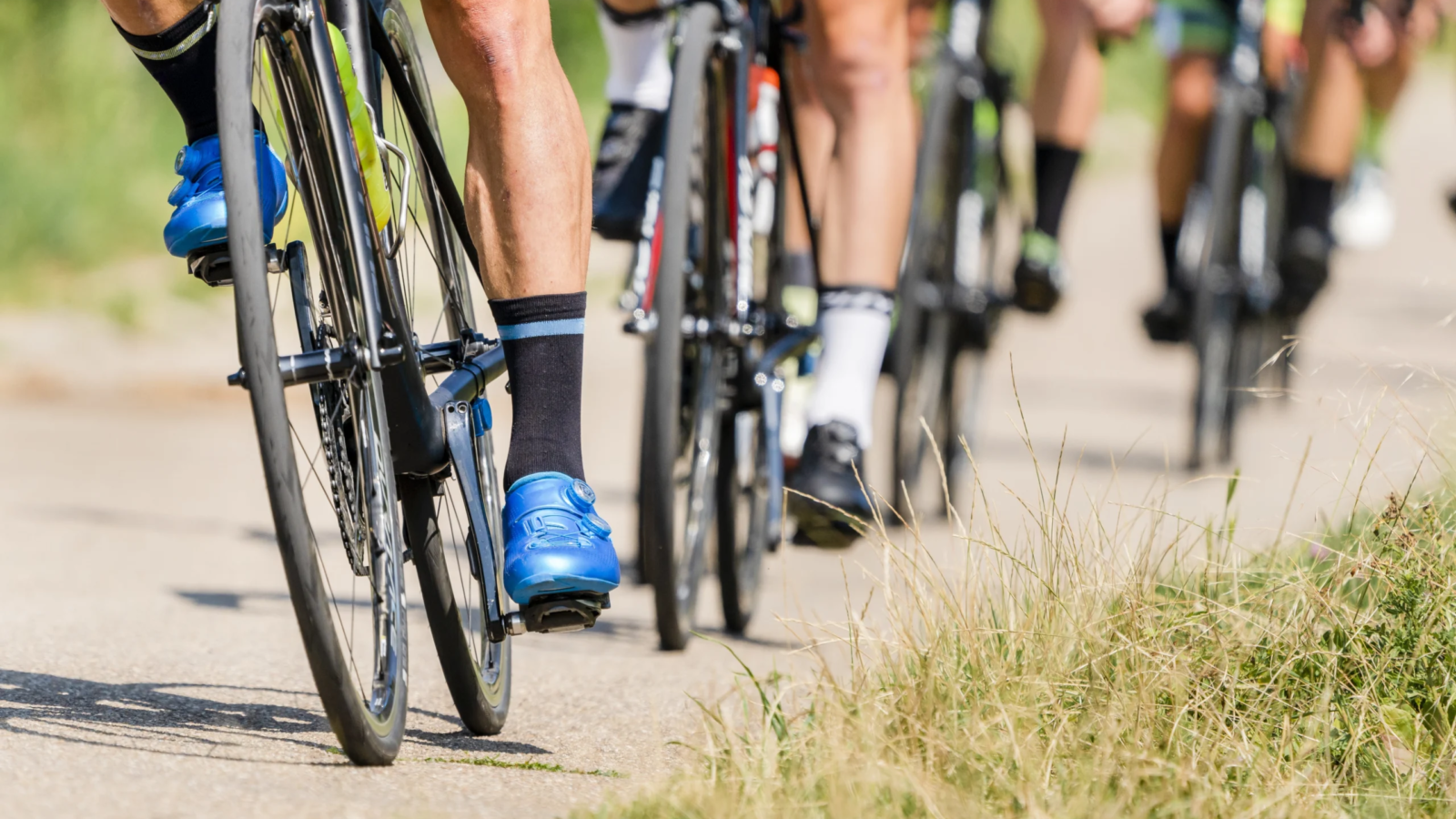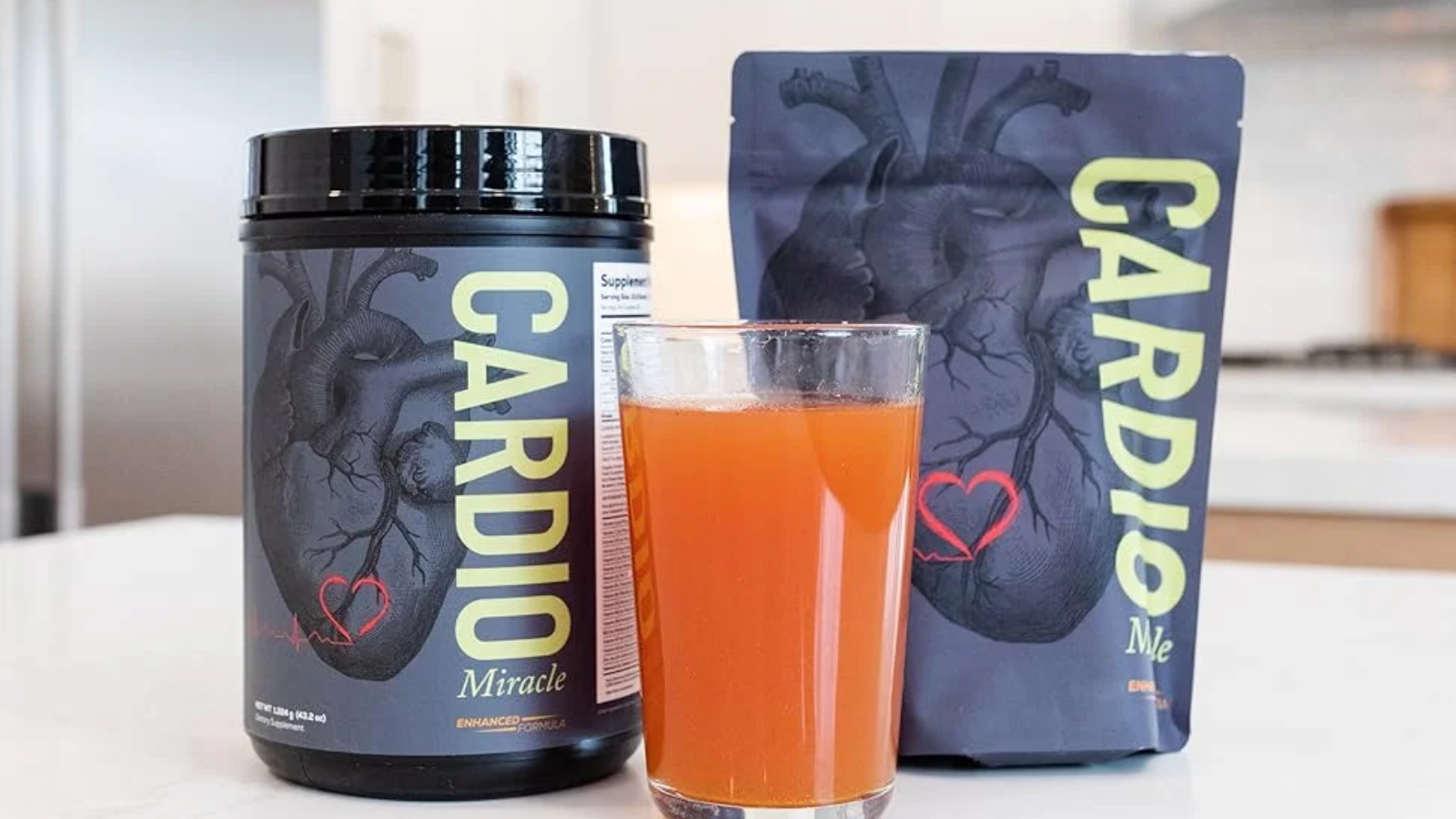Whether you’re a beginner in fitness or an experienced athlete, recovery is as vital as the workouts themselves. Neglecting recovery can lead to fatigue, stalled progress, and even injury. But here’s the good news: you don’t always need to stay completely still to recover. Enter active recovery—a smart, movement-based approach to help your body bounce back faster, feel better, and keep your training on track.
This article explores how active recovery fits into your fitness routine, why cardio on rest days can be a smart move, and the best practices for improving cardio recovery. We’ll also answer popular questions like, “Can you do cardio on rest days?” and “Is swimming good for muscle recovery?” Spoiler alert: yes, it is!
What is Active Recovery?
Active recovery refers to engaging in low-intensity exercise after a high-intensity workout. Unlike passive recovery (which involves complete rest), active recovery keeps the blood flowing, helps remove metabolic waste from your muscles, and supports quicker healing.
Typical active recovery workouts include:
- Walking or light jogging
- Swimming at an easy pace
- Cycling with low resistance
- Yoga or dynamic stretching
- Bodyweight mobility drills
These activities increase circulation without putting extra stress on the muscles or joints, speeding up cardio recovery and reducing muscle soreness (DOMS).
Why Active Recovery is Crucial for Cardio Recovery
When you perform intense cardio—like interval sprints, HIIT, or long-distance running—you break down muscle tissue and accumulate lactic acid and other metabolic byproducts. Without proper recovery, your body doesn’t have the resources it needs to rebuild stronger.
Here’s where active recovery comes in.
Instead of complete rest, a low-impact workout the next day helps:
- Enhance oxygen delivery to muscles
- Clear out waste products like lactic acid
- Reduce soreness
- Prevent stiffness and tightness
- Re-establish good movement patterns
It also aids your cardiovascular system in adapting more efficiently to stress. So if you’re wondering how to increase cardio recovery, active recovery is one of the best tools at your disposal.
Can You Do Cardio on Rest Days?
Absolutely—you can do cardio on rest days, and in many cases, you should.
Rest days don’t always mean sitting on the couch. Instead, think of them as “recovery days”—an opportunity to improve circulation, stay loose, and mentally recharge.
Here’s how to make cardio on rest days effective:
- Keep your heart rate in a low zone (50–60% of max)
- Choose low-impact activities (walking, swimming, elliptical)
- Limit sessions to 20–45 minutes
- Focus on enjoyment and relaxation, not performance
So, the answer to “Can you do cardio on rest days?” is a resounding yes—as long as it’s active recovery cardio, not another grueling workout.
Passive Recovery vs. Active Recovery
Sometimes your body needs full rest. That’s where passive recovery plays a role. Sleep, nutrition, and mental rest are irreplaceable.
But active recovery offers unique benefits you can’t get from passive methods alone.
| Passive Recovery | Active Recovery |
|---|---|
| Complete rest | Low-intensity movement |
| Best after injuries | Ideal after tough training days |
| Helps with mental fatigue | Reduces muscle soreness |
| May lead to stiffness | Enhances blood flow |
| Critical for deep healing | Accelerates cardiovascular recovery |
Balance is key. You don’t need to choose one over the other. Instead, use both strategically throughout your training week.
Is Swimming Good for Muscle Recovery?
One of the most underrated forms of active recovery is swimming. It combines low-impact cardio with full-body movement, making it ideal for sore muscles and stiff joints.
Here’s why swimming is excellent for muscle recovery:
- Buoyancy reduces joint stress: You can move freely without impact.
- Cold water soothes inflammation: Especially in cooler pools or open water.
- Breathing rhythm aids relaxation: Helps calm your nervous system and supports heart rate recovery.
- Full-body engagement: Promotes circulation to all major muscle groups.
A 20–30 minute swim at a relaxed pace on your rest day can leave you feeling refreshed, mobile, and ready to train again sooner.
So, if you’re asking, “Is swimming good for muscle recovery?”, the answer is a clear yes—and it’s particularly helpful for those dealing with tight hips, sore legs, or general fatigue after intense cardio sessions.
How to Increase Cardio Recovery: 5 Proven Strategies
- Prioritize Sleep
Your heart, lungs, and muscles all recover best during deep sleep. Aim for 7–9 hours nightly. - Incorporate Active Recovery Workouts
Add 1–2 light cardio sessions per week on your off days. Walking, swimming, or light biking are top picks. - Stay Hydrated
Cardio depletes fluids and electrolytes. Rehydrate promptly to keep your system flushing toxins and rebuilding tissue. - Stretch and Mobilize Daily
Even 5–10 minutes of foam rolling or dynamic stretching can improve blood flow and joint health. - Use Periodization in Training
Structure your week with hard/easy days. For example:- Mon: Intense cardio
- Tue: Light swim (active recovery)
- Wed: Strength training
- Thu: Easy jog or yoga
- Fri: Intervals
- Sat: Active recovery or full rest
- Sun: Long walk or bike ride
Understanding how to increase cardio recovery is about more than supplements or ice baths. It’s about smart, consistent habits that keep you balanced and progressing.
Building the Ultimate Active Recovery Routine
Now that you understand the value of active recovery and how it supports cardio recovery, let’s dive deeper into building a weekly routine that integrates rest, low-intensity cardio, and mobility work.
A balanced recovery plan includes a mix of:
- Light aerobic exercise
- Mobility and flexibility training
- Restorative activities (like swimming, walking, or yoga)
- Proper nutrition and sleep
Sample Active Recovery Day Plan:
- Morning: 20-minute walk or light bike ride
- Midday: 10 minutes of stretching or foam rolling
- Evening: Easy swim or a gentle yoga session
This approach ensures that your muscles stay active and oxygenated without adding additional stress. The goal of an active recovery day is not to burn calories but to support recovery and prepare for your next hard training session.
Tailoring Active Recovery to Your Fitness Level
Whether you’re a weekend warrior or an elite athlete, active recovery should look different based on your fitness level, training volume, and goals.
For Beginners:
- Prioritize low-impact activities like walking, water aerobics, or beginner yoga.
- Keep sessions short—15 to 30 minutes is enough.
- Don’t worry about tracking pace or heart rate—just move and feel better.
For Intermediate Athletes:
- Use a heart rate monitor to stay in your recovery zone (50–60% of max HR).
- Include a mix of swimming, cycling, or elliptical workouts on your off days.
- Focus on improving cardio recovery by using movement to flush fatigue.
For Advanced Athletes:
- Plan active recovery sessions with the same intent as training.
- Integrate advanced mobility work, breathwork, and contrast hydrotherapy.
- Use swimming and aquatic exercises to offload joints while staying active.
Knowing how to increase cardio recovery begins with recognizing your personal recovery capacity and adjusting your efforts accordingly.
Top Active Recovery Activities Ranked by Effectiveness
If you’re wondering which type of active recovery workout is best for you, here’s a quick rundown of some of the most effective methods:
1. Swimming
- Full-body movement with minimal joint strain
- Excellent for sore legs and post-run recovery
- Also helps with lung capacity and breathing control
2. Walking
- Accessible, free, and low-impact
- Ideal for post-leg day or as an everyday recovery habit
- Helps restore mental focus and reduce stress hormones
3. Cycling (Low Resistance)
- Keeps legs moving without pounding
- Great option for endurance athletes or runners
- Best done on flat terrain or stationary bikes
4. Yoga and Mobility Flow
- Boosts flexibility and joint health
- Helps activate the parasympathetic nervous system for deeper recovery
- Especially helpful after strength training or long cardio sessions
5. Rowing (Light Intensity)
- Engages the posterior chain and cardiovascular system
- Can be scaled down for recovery days
- Provides rhythm-based motion for nervous system reset
These exercises not only improve your cardio recovery, but also aid in preventing overuse injuries and improving muscular balance.
Common Mistakes in Cardio Recovery
Even with the best intentions, many people slow down their recovery by making a few key mistakes. Here’s what to avoid:
- Doing Too Much on Recovery Days
If your recovery day becomes another workout, you’re missing the point. Keep it light and relaxing. - Skipping Sleep
No amount of foam rolling or stretching can replace deep sleep. If you’re not sleeping enough, your body will struggle to rebuild. - Ignoring Nutrition
Active recovery still burns calories. Fuel your body with anti-inflammatory foods rich in protein, omega-3s, and antioxidants. - Staying Completely Sedentary
While passive recovery has its place, too many full rest days without movement can lead to stiffness, especially after intense cardio training. - Forgetting Mental Recovery
Overtraining isn’t just physical. Recovery should also address mental stress. Consider mindfulness, meditation, or even just unplugging from screens.
Avoiding these mistakes helps ensure your body responds positively to recovery efforts and leads to long-term gains.
Combining Recovery and Progress: The Science of Adaptation
Recovery isn’t just about feeling better—it’s how you actually get fitter.
Every time you complete a cardio workout, you create stress in the body. In the hours and days afterward, your body repairs damaged tissue, replenishes glycogen, and strengthens cardiovascular capacity. This process is called supercompensation.
Without proper recovery, supercompensation doesn’t happen, and performance plateaus—or worse, regresses.
Active recovery supports this biological cycle by:
- Maintaining blood flow
- Enhancing lymphatic drainage
- Regulating inflammation
- Supporting nervous system downregulation
If you’re serious about increasing performance, understanding how to increase cardio recovery and applying those strategies can elevate your training in ways high-intensity workouts alone cannot.
FAQs on Cardio and Recovery
Q: Can you do cardio every day if some days are active recovery?
Yes, as long as your recovery days are light and restorative. Many endurance athletes train daily using a mix of high and low intensities.
Q: How do I know if my recovery cardio is too intense?
Use the “talk test.” If you can hold a conversation comfortably, you’re in the right zone. If you’re breathless, ease off.
Q: Is swimming good for recovery even if I’m not a swimmer?
Yes! Even basic water movement like walking laps in a shallow pool provides resistance and support. No need to swim laps if you’re not comfortable.
Q: Should I track heart rate during recovery cardio?
It can be helpful. Aim to stay in Zone 1 or Zone 2, which usually ranges between 50–70% of your max heart rate.
Final Thoughts: Train Hard, Recover Smarter
In fitness culture, there’s a tendency to glorify pushing harder, going longer, and never taking a day off. But here’s the truth that often gets overshadowed: progress doesn’t just happen during training—it happens during recovery. Recovery isn’t a luxury, and it certainly isn’t laziness. It’s strategy. It’s the bridge between where you are now and where you want to go.
When done with intention, recovery enhances performance, reduces injury risk, balances your nervous system, and speeds up cardio recovery, allowing you to return to your workouts stronger, faster, and more focused.
Yes, You Can Do Cardio on Rest Days—But Be Smart About It
One of the most common questions among athletes and everyday lifters is, “Can you do cardio on rest days?” The answer is yes—but with an important caveat: not all cardio is created equal, especially when it comes to recovery.
Your rest day cardio should be low-intensity and purposeful, often referred to as active recovery. Think of it as movement that increases circulation, loosens tight muscles, and gently elevates heart rate—without adding significant stress to your system.
Best cardio options for recovery days:
- Brisk walking: Enhances lymphatic drainage, joint mobility, and mood without taxing your nervous system.
- Easy cycling: Ideal for flushing the legs and improving cardiovascular endurance without high impact.
- Zone 2 cardio (low heart rate training): Encourages mitochondrial health and fat oxidation without overreaching.
- Swimming: One of the most powerful, underutilized recovery tools available.
Is Swimming Good for Muscle Recovery? Absolutely.
If you’re wondering whether swimming supports muscle recovery, the science—and the experience of elite athletes—says a resounding yes. Swimming is a low-impact, full-body activity that combines gentle resistance with dynamic movement and hydrostatic pressure, which offers numerous recovery benefits.
Why swimming is elite for recovery:
- Reduces muscle soreness through gentle, rhythmic movement
- Improves circulation and helps flush out metabolic waste
- Supports joint health without impact or compression
- Encourages deep breathing, which supports parasympathetic (rest-and-digest) activation
- Cools the body, reducing inflammation after high-intensity training
Even a 15- to 30-minute easy swim can leave your body feeling lighter, more mobile, and mentally refreshed. If swimming isn’t an option, water walking or cold plunges can offer similar circulatory benefits.
Recovery Is Training—Just a Different Kind
Just as you structure your strength or cardio training, recovery should be deliberate, structured, and non-negotiable. That includes:
- Sleep: Aim for 7–9 hours of quality rest. Growth hormone, tissue repair, and cognitive recovery all happen while you sleep.
- Nutrition: Support repair and glycogen replenishment with balanced meals, protein, and electrolytes—especially after intense sessions.
- Mobility work: Incorporate foam rolling, dynamic stretches, and yoga to maintain joint health and reduce stiffness.
- Mind-body care: Deep breathing, mindfulness, and downregulation practices help balance your nervous system and reduce chronic stress.
Remember, more isn’t always better. Better is better. You don’t get stronger by training more—you get stronger by recovering more intelligently between training sessions.
Applying These Principles: Recovery in Action
Now that you know how to increase cardio recovery and optimize your rest days, it’s time to integrate these tools into your weekly routine. A few examples:
- Monday: Strength training
- Tuesday: Low-intensity swim (active recovery)
- Wednesday: Interval cardio or conditioning
- Thursday: Yoga or brisk walking
- Friday: Heavy lift day
- Saturday: Easy cycling + mobility work
- Sunday: Full rest or light movement
The key is to balance effort with ease, so your nervous system has time to reset, your muscles have time to rebuild, and your cardiovascular system can adapt positively—without chronic fatigue setting in.
Train hard, recover smarter. That’s how you stay in the game—longer, stronger, and injury-free. Be as intentional about your recovery as you are about your workouts. Your body will reward you with faster gains, fewer setbacks, and a deeper sense of balance.
Because at the end of the day, consistency beats intensity. And the only way to stay consistent—for months, years, and decades—is to honor the recovery your body deserves.



